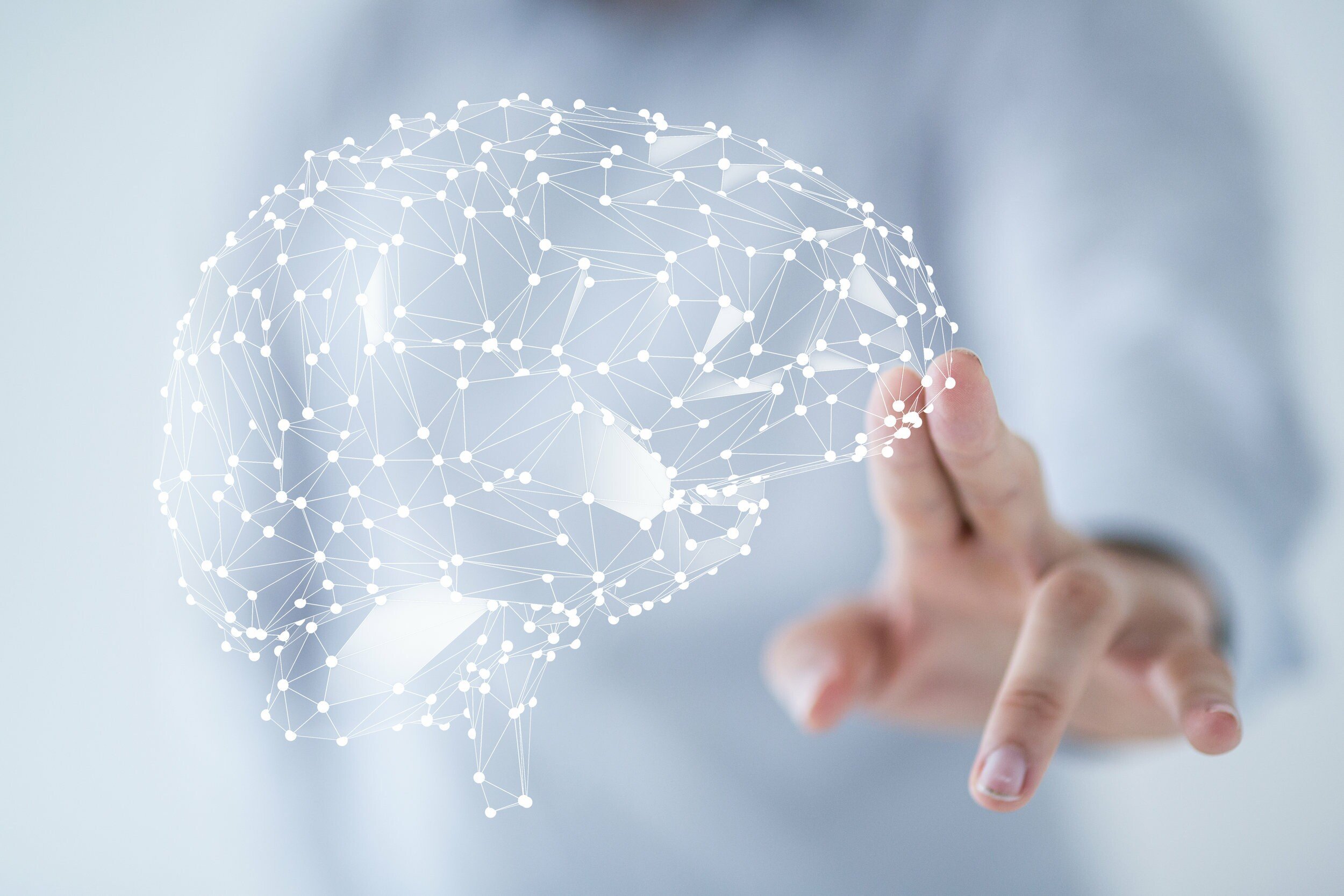
Balance and Vertigo
Did you know that Functional Neurologists use eye movement tests as helpful methods to determine what is wrong with a patient? The disconnection between individual eye muscles during normal motion (such as weakness in one or more of the independent muscles) can be a common sign of vertigo.
While vertigo and balance problems themselves are not life-threatening, they can lead to increased risks of falling and sustaining fall-related injuries. The risk of falling also increases in patients that are over 40 years old or who otherwise suffer from other neurologic deficits and chronic medical problems.
Common signs that accompany vertigo include dizziness (3.9 million emergency room visits for vertigo in 2011 alone), hearing loss, visual impairments, nausea and often result in difficulty driving, difficulty bing in places with a lot of sensory input (grocery stores and concerts) and a constant '“out of body” experience.
Vestibular rehabilitation (VR) is used by functional neurologists to be able to target the various parts of the vestibular system (inner ear, cerebellum), which are at the root of conditions affecting balance and coordination.
VR methods may include various forms of balance stability work, complex patterned movements of the extremities, therapeutic movement with a motorized rotational chair (Gyrostim), positional maneuvers, and/or eye exercises.
20 million impacted in the US alone
Peripheral Neuropathy is something many have never heard of, yet it affects 20 million people in the United States alone!
Peripheral nerves send sensory information from the hands and feet back to the brain and spinal cord. These nerves also carry signals from the brain and spinal cord to the muscles to generate movement, which means that any damage to the peripheral nervous system interferes with these vital connections.
Symptoms of peripheral neuropathy can range from numbness or tingling, to pricking sensations (paresthesia), or muscle weakness. Entire areas of the body may become extra sensitive leading to an exaggerated or distorted experience of touch (known as allodynia). In such cases, pain may occur in response to stimulus that does not normally provoke pain. As a consequence of peripheral neuropathy, it is common that individuals also have poor balance and have higher fall risk.
It is possible to improve nerve function! Neurological rehabilitation that include specific nerve stimulations and balance training can improve conduction of the nerves. Also, nutrient support may be indicated depending on the cause of the peripheral neuropathy.
Alternative for migraines and headaches
With nearly 1 in 4 U.S. households being home to a migraine sufferer, the odds are that you know someone who is affected by this pain on a constant basis. Although migraines are the most common between the ages of 25 and 55, 18% of American women, 6% of men, and 10% of children experience migraines.
Sadly, most of those who are suffering from headaches and migraines are accustomed to reaching for over-the-counter drugs over and over again, even though they may provide little to no relief.
If you are (or know of someone who is) suffering from an endless cycle of popping pills to mask the symptoms, know that there is another solution that exists known as Functional Neurology.
Functional Neurology is a drug-free approach to getting to the bottom of what’s really causing your pain.
This is done via effective (and customizable) methodologies and therapies that have been designed to pinpoint specific areas of the brain that need help with improvement. Functional Neurologists are experts when it comes to this condition, and are even trained to look for inflammatory causes that can include environmental toxins, hormone imbalances, or infections.
After identifying the cause of the cause of your migraine examining, we can formulate a comprehensive treatment plan to affect all the systems involved. This may include any combination of chiropractic care, neurological and vestibular rehabilitation, hyperbaric oxygen, and nutrient support.



